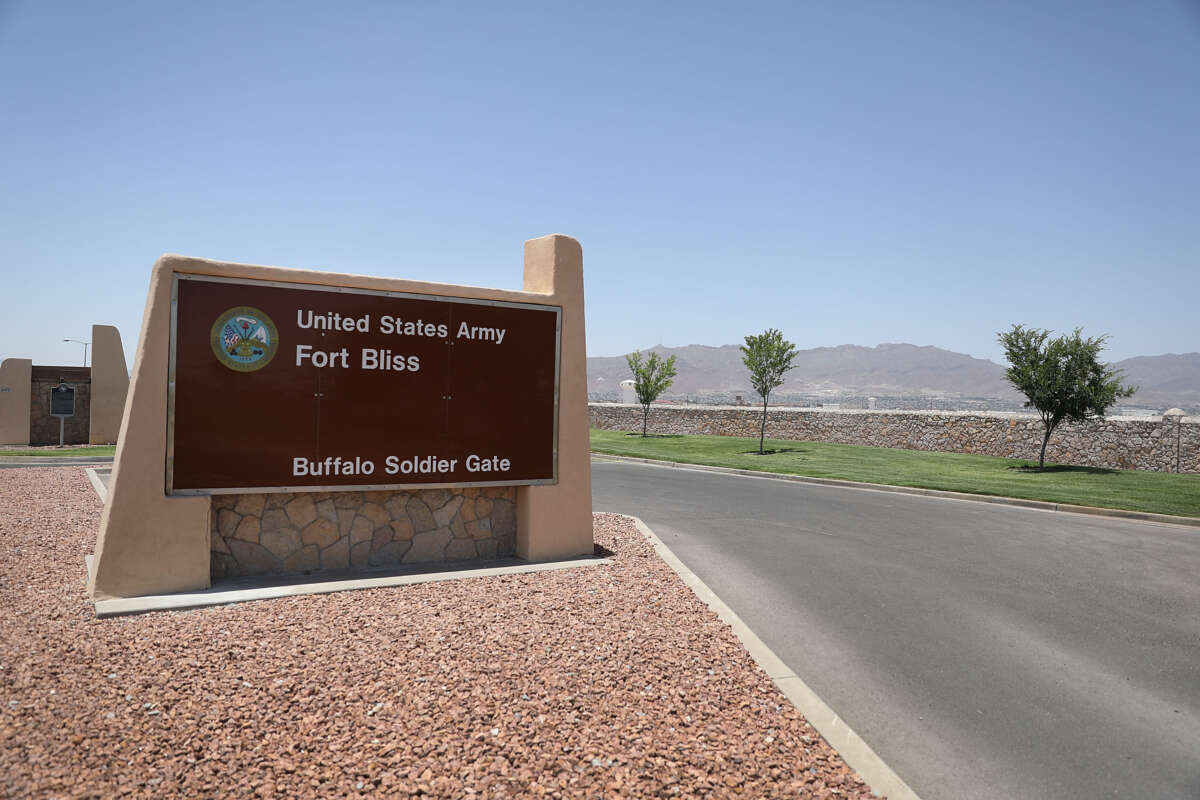
Military and Defense Installations
Military and defense installation monitoring with vibration sensors and structural assessment nationwide.
- Blast Impact Assessment
- Seismic Aftershock Monitoring
- Vibration Monitoring Services
Request a sector consultation
Align your thresholds, instrumentation, and reporting with our PE-led team. We respond within one business day with tailored deployment options.
Military and defense installations require specialized structural monitoring due to security restrictions, operational criticality, and unique loading conditions. These facilities often include blast-resistant structures, underground facilities, aircraft hangars, and munitions storage areas with distinct monitoring requirements.
Security protocols limit access for sensor installation and maintenance, while operational demands require monitoring systems that don't interfere with mission-critical activities. Blast effects, seismic concerns, and vibration control for sensitive equipment add complexity to structural assessment needs.
Our defense-compliant monitoring includes vibration monitoring for aircraft operations, blast effect assessment, and foundation monitoring for underground facilities. We deploy systems designed to meet security requirements and provide real-time data that supports operational decisions nationwide.
The result is reliable defense infrastructure with proactive maintenance, security-compliant monitoring, and confidence in facility integrity across military portfolios nationwide.
Popular Services in This Sector
Blast Impact Assessment
Critical for defense installations needing to evaluate structural response to blast effects and ensure continued operational capability.
Seismic Aftershock Monitoring
Essential for military facilities in seismic zones requiring rapid assessment after earthquakes to maintain operational readiness.
Vibration Monitoring Services
Important for aircraft hangars and sensitive equipment areas where vibrations from operations must be controlled.
Underground Facility Monitoring
Valuable for monitoring structural integrity in underground military facilities and tunnels.
Foundation Monitoring
Vital for tracking foundation stability in critical defense structures supporting mission operations.
Long-Term Monitoring and Alerts
Beneficial for continuous oversight of defense infrastructure requiring high reliability and security.
Frequently Asked Questions
How do security restrictions affect monitoring deployment
We work within military security protocols, use approved sensor technologies, and coordinate installations during authorized access periods nationwide.
What unique loading conditions affect military structures
Blast loads, aircraft operations, heavy vehicle traffic, and underground facility pressures require specialized monitoring approaches.
How do you handle classified facility monitoring
Our systems can be designed to meet security clearance requirements, with data handling protocols that maintain operational security nationwide.
What standards apply to military facility monitoring
Military installations follow UFC (Unified Facilities Criteria), DoD standards, and security requirements specific to defense operations nationwide.
Example of Our Capabilities
Sector Type
Military and Defense Installations
Situation
A military base needs to monitor vibrations in aircraft hangars during flight operations and maintenance activities
Our Approach
Install vibration sensors on hangar structures and foundations, establish operational vibration thresholds, and provide real-time monitoring with automated alerts
Expected Outcome
Continuous vibration monitoring dashboard, alerts when operational limits are approached, and structural health reports supporting maintenance decisions
